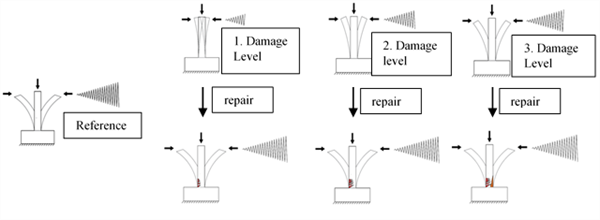by
Muhammed Raşit Çevikalp | Dec 19, 2022
Project Title: A New Approach to Earthquake Design Principles: Repairable Damage and Innovative Repair Techniques for Structures Appropriately Designed According to Seismic Codes
Project Type: TÜBİTAK Project
Project Coordinator: Prof. Dr. Alper İlki
According to current regulations, against earthquakes, structures are designed to avoid collapse of the structural system for providing life safety. Although the structures designed according to “Life Safety” performance target do not collapse, damages to these structures may lead to serious economic losses. For example, 60% of the buildings designed in accordance with current regulations in Christchurch city were demolished and rebuilt after Canterbury (2010) and Christchurch (2011) earthquakes, because engineers in New Zealand, like elsewhere, did not have a solid knowledge and experience on the efficiency of repairing methods and the seismic performance of structural systems with damage.
The research project titled “A New Approach to Earthquake Design Principles: Repairable Damage and Innovative Repair Techniques for Structures Appropriately Designed According to Seismic Codes” funded by TUBITAK (The scientific and Technological Research Council of Turkey) aims to determine the damage limits for the potential post-earthquake repairability of reinforced concrete structures through a comprehensive research program (both numerical and experimental) on seismic performance of RC columns. By means of this new performance target “Repairable Damage”, it is aimed to design buildings, which will suffer less damage during earthquakes. Other than significant cost savings for repair and reconstruction, this target will remarkably reduce down time and turning back to normalcy after severe earthquakes.
